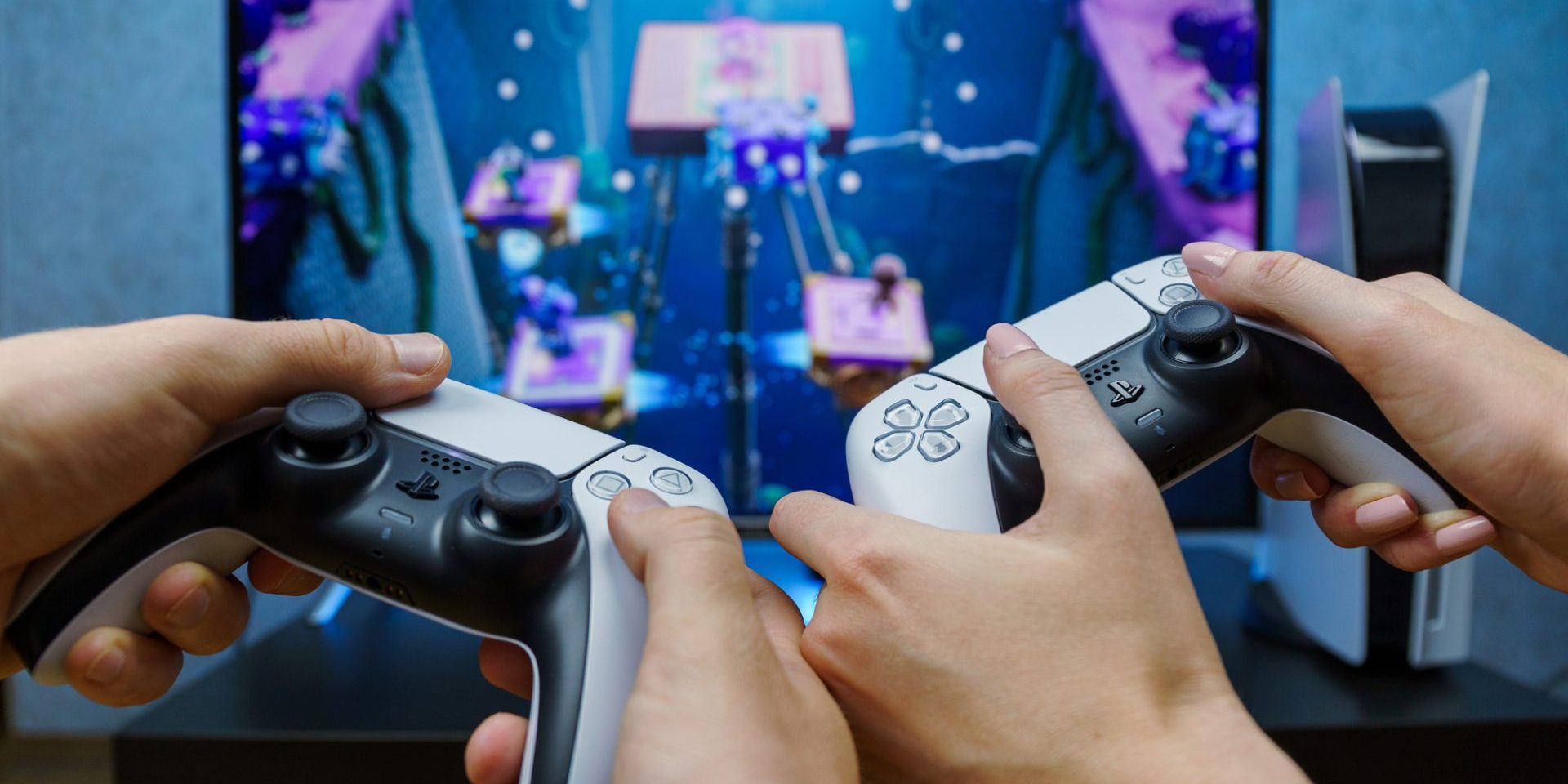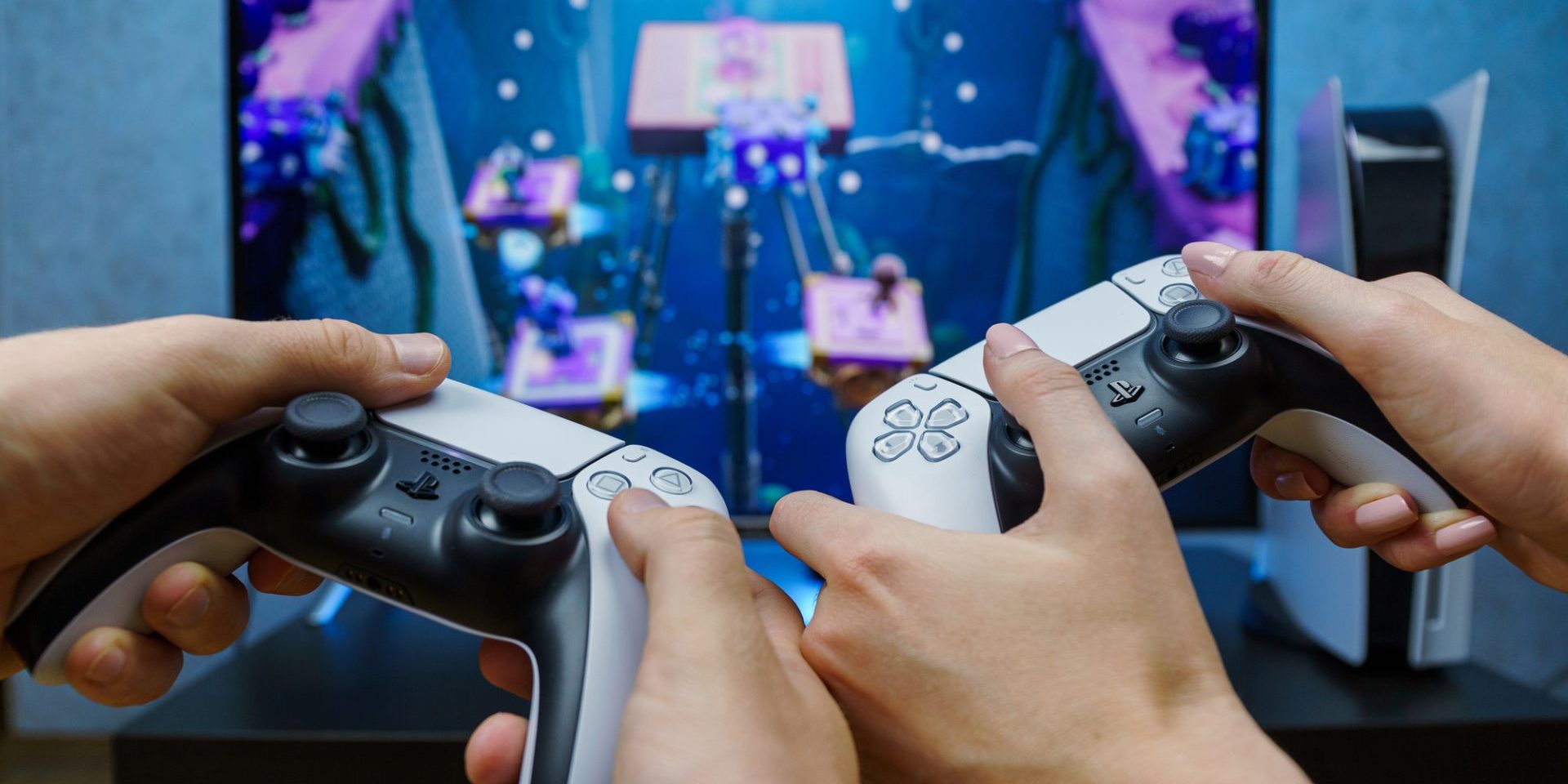

Gaming consoles have revolutionized entertainment since their inception in the 1970s. From simple black-and-white games like Pong to the immersive virtual worlds of modern PlayStation systems, these devices have transformed living rooms into interactive playgrounds. The evolution of gaming consoles reflects significant technological advancements, changing consumer preferences, and the growing cultural impact of video games.
This journey spans five decades, marked by innovative hardware, groundbreaking software, and fierce competition among manufacturers. Early consoles like the Atari 2600 and Nintendo Entertainment System paved the way for more sophisticated systems. Each generation brought improvements in graphics, sound, and gameplay, leading to today’s powerful machines capable of rendering photorealistic environments and complex narratives.
The progression of gaming consoles has shaped the broader entertainment landscape. These devices have become multi-functional hubs for streaming, social interaction, and digital content consumption. As technology continues to advance, gaming consoles remain at the forefront of interactive entertainment, pushing the boundaries of what’s possible in home gaming experiences.
The Birth and Rise of Gaming Consoles
Gaming consoles revolutionized home entertainment, transforming simple electronic games into immersive digital experiences. This evolution spanned several decades, marked by technological leaps and iconic franchises.
The Origins and Pioneers
Ralph Baer, often called the “father of video games,” created the first home gaming system in 1966. His invention led to the Magnavox Odyssey in 1972, the first commercial home video game console. That same year, Atari released Pong, a table tennis simulation that became a massive hit in arcades.
Nolan Bushnell, Atari’s founder, brought Pong into homes in 1975. The Atari Pong console’s success paved the way for the influential Atari 2600 in 1977. This system used interchangeable cartridges, allowing players to enjoy multiple games on one device.
The late 1970s and early 1980s saw a flood of consoles enter the market. Many failed, but they laid groundwork for future innovations.
The Golden Age of Cartridges
The 1980s ushered in the 8-bit era, dominated by Nintendo and Sega. Nintendo’s 1985 release of the Nintendo Entertainment System (NES) in North America revitalized the industry after the 1983 video game crash.
The NES introduced beloved franchises like Super Mario Bros. and The Legend of Zelda. Sega countered with the Master System and mascot character Sonic the Hedgehog.
The 16-bit generation began in 1988 with the Sega Genesis. Nintendo responded with the Super Nintendo Entertainment System (SNES) in 1990. These consoles offered improved graphics, sound, and gameplay depth.
This era saw fierce competition between Nintendo and Sega. Their rivalry drove innovation and created many of gaming’s most memorable titles.
The Transition to 3D Gaming
The mid-1990s marked a shift to 3D graphics and CD-ROM technology. Sony entered the market with the PlayStation in 1994, quickly becoming a major player.
Nintendo’s response came in 1996 with the Nintendo 64. Games like Super Mario 64 and The Legend of Zelda: Ocarina of Time showcased the potential of 3D environments.
Sega’s Saturn struggled against its competitors. The company’s next console, the Dreamcast, launched in 1998 but faced tough competition from Sony’s PlayStation 2.
This period saw more adult-oriented games gain popularity. Titles like Metal Gear Solid pushed storytelling and gameplay in new directions.
3D gaming opened up vast worlds for players to explore. It changed how games were designed and played, setting the stage for future console generations.
Evolution of Gaming Hardware and Experience
Gaming consoles have undergone significant transformations in hardware capabilities and user experiences since their inception. These advancements have revolutionized gameplay, graphics, and interactive features.
From Pixels to Photorealism
Early gaming consoles displayed simple pixel-based graphics with limited colors and resolution. The Atari 2600, released in 1977, featured basic 2D visuals that pushed the boundaries of home entertainment at the time.
As technology progressed, 16-bit systems like the Super Nintendo Entertainment System introduced more detailed sprites and backgrounds. The PlayStation and Nintendo 64 ushered in 3D graphics, allowing for more immersive worlds and gameplay.
Modern consoles like the PlayStation 5 and Xbox Series X deliver near-photorealistic visuals. These systems utilize advanced rendering techniques such as ray tracing to create lifelike lighting, reflections, and shadows.
The Rise of Gaming Platforms
The advent of online gaming platforms transformed how players interact and compete. Sony’s PlayStation Network and Microsoft’s Xbox Live connected gamers worldwide, enabling multiplayer matches and digital game downloads.
These platforms expanded beyond gaming, offering streaming services, social features, and digital marketplaces. They became central hubs for entertainment, fostering communities and providing access to a vast library of games.
Cloud gaming services emerged, allowing players to stream games without powerful hardware. This technology aims to make high-quality gaming more accessible across devices.
Innovations in Gaming Controls
Control schemes evolved alongside console hardware. The introduction of analog sticks on the Nintendo 64 controller allowed for more precise 3D movement and camera control.
Motion controls gained popularity with the Nintendo Wii, using accelerometers to detect physical gestures. This innovation opened up new gameplay possibilities and attracted a broader audience to gaming.
Recent advancements include haptic feedback and adaptive triggers. The PlayStation 5’s DualSense controller provides more realistic sensations, enhancing immersion in games. These features allow players to feel subtle differences in textures and resistance when interacting with virtual environments.
The Influence of Gaming Consoles on Society
Gaming consoles have profoundly impacted entertainment and culture. They’ve reshaped media consumption habits and become integral to modern life.
Gaming and Entertainment Media
Gaming consoles revolutionized home entertainment. The Nintendo Entertainment System revived the video game industry after the 1983 crash. It introduced iconic franchises like Super Mario Bros. and The Legend of Zelda.
PlayStation and Xbox pushed technological boundaries. They offered CD-quality audio, 3D graphics, and cinematic storytelling. This attracted older audiences and expanded gaming’s appeal.
Consoles evolved into multimedia hubs. They now stream movies, play Blu-ray discs, and connect users to online services. This versatility made them central to many living rooms.
Consoles in the Fabric of Culture
Video games became a significant cultural force. Franchises like Final Fantasy, Resident Evil, and Grand Theft Auto achieved mainstream recognition. They influenced movies, music, and fashion.
Gaming communities formed around specific consoles. The “console wars” between Sega and Nintendo, later Sony and Microsoft, sparked fierce brand loyalty.
Esports emerged as a professional competition, with major tournaments drawing millions of viewers. This legitimized gaming as a spectator sport and career path.
Gaming consoles also impacted social interactions. Local multiplayer games brought friends together, while online gaming connected people globally.










